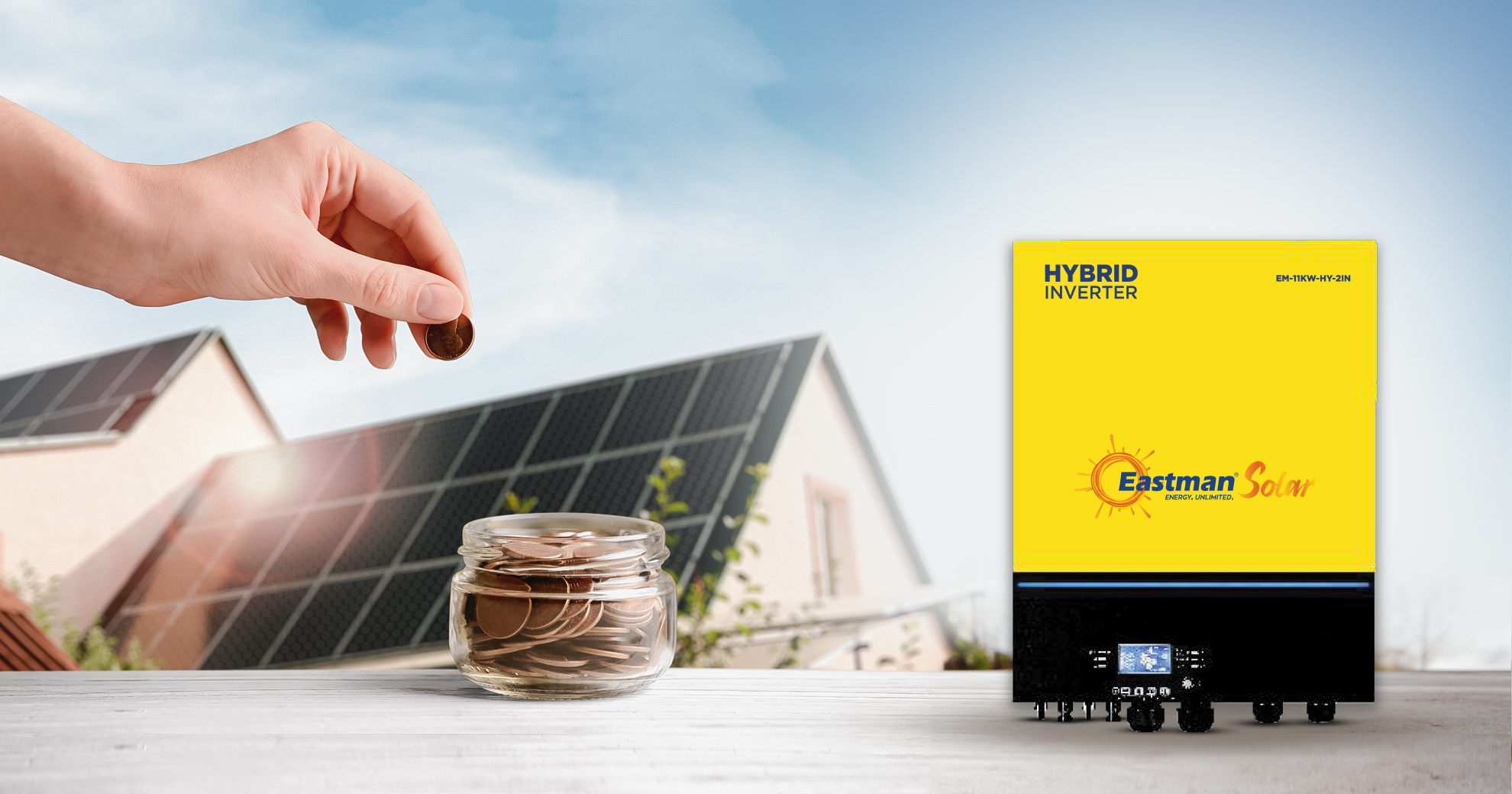
Maximizing Cost Savings with Hybrid Inverters: What You Need to Know
In today’s evolving energy landscape, hybrid inverters stand out as groundbreaking technology, transforming how we manage power for sustainability and cost-efficiency. Beyond their core function of converting DC to AC power, these inverters seamlessly integrate with solar panels, batteries, and the grid, granting users unprecedented control over energy consumption and savings.
Understanding how hybrid inverters optimize cost savings is vital. Unlike traditional inverters, hybrids seamlessly switch between power sources—solar, grid, and stored battery energy—allowing users to make the most cost-effective choices based on electricity prices, weather, and usage patterns.
A key feature of hybrid inverters is their integration with solar panels, effectively managing generated energy. They store excess power in batteries or send it to the grid, reducing reliance on grid electricity during peak hours and leading to significant cost savings.
These inverters excel in energy storage management, allowing surplus solar energy storage for high-demand periods or low solar production times. This flexibility not only reduces reliance on the grid but also stabilizes energy prices, ensuring long-term savings.
With multiple operation modes like grid-tie, off-grid, and hybrid, users adapt energy strategies based on specific needs. Grid-tie mode permits selling excess energy, while off-grid mode supports remote locations.
The integration of smart monitoring and control systems in hybrid inverters empowers users to track their energy production, consumption patterns, and overall system performance in real-time. These insights enable informed decision-making, allowing users to adjust their energy usage behaviours and maximize cost savings further.
Hybrid inverters are pivotal in reducing grid dependence, maximizing renewable energy use, and making power usage decisions for a cost-efficient and sustainable future. However, choosing the right system and optimizing its operation is crucial to unleash its full potential.